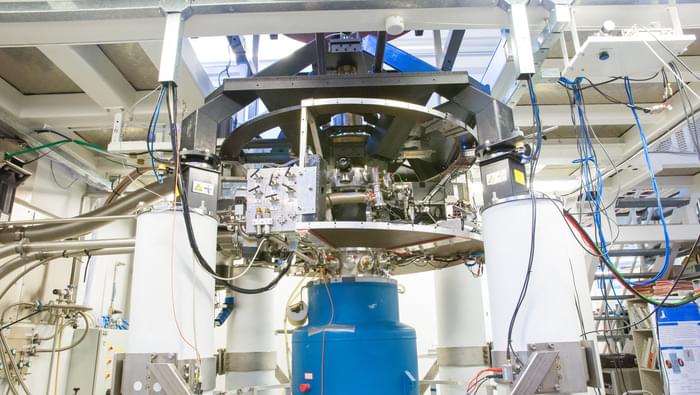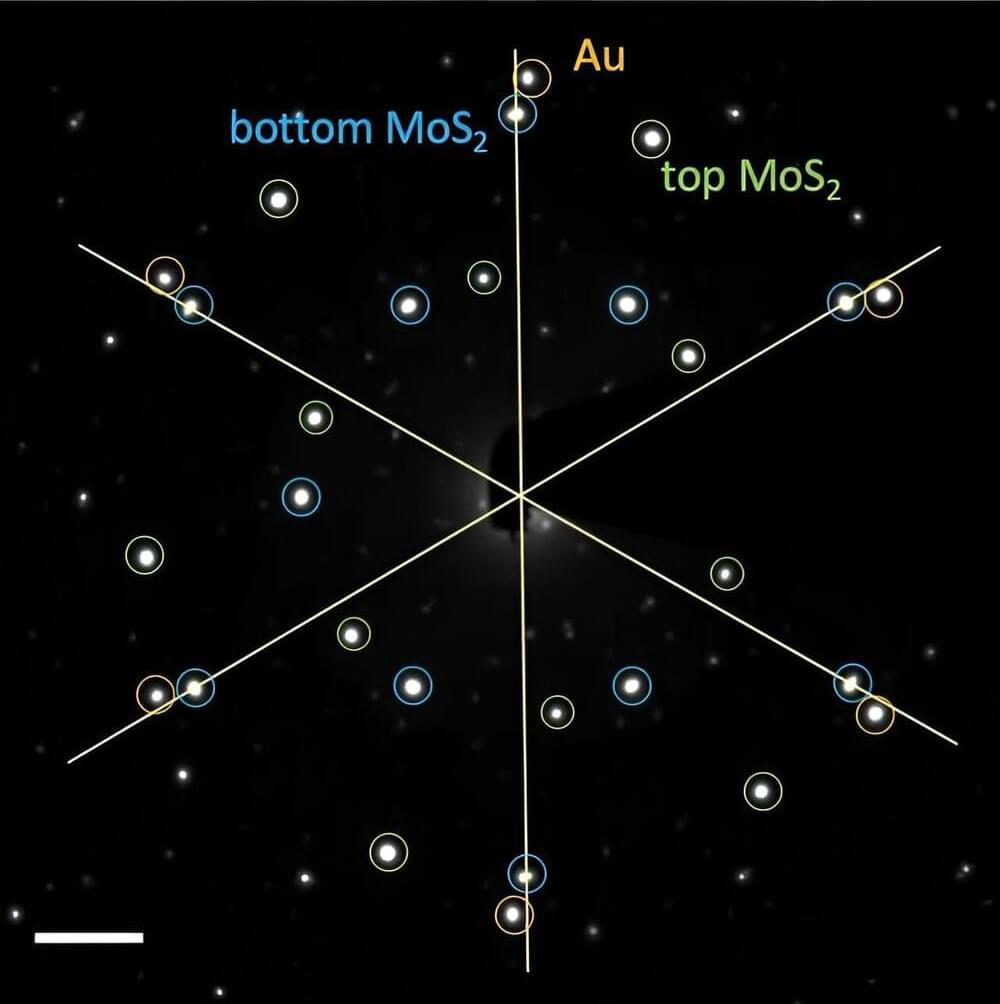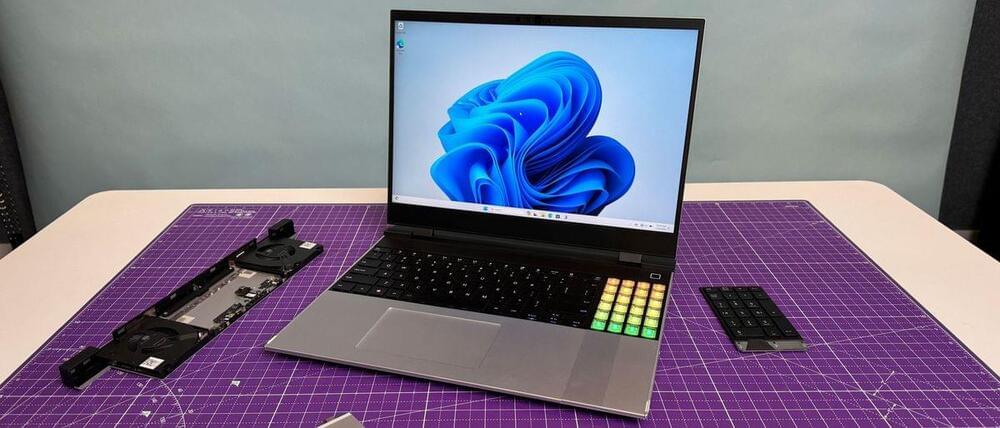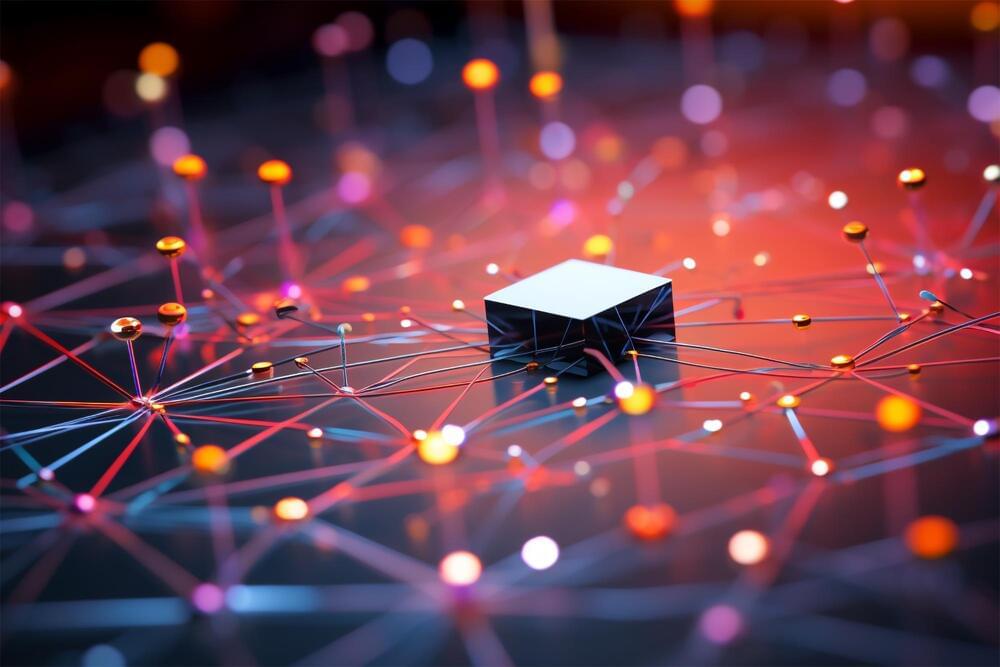Jan 27, 2024
A Moving Target for Quantum Advantage
Posted by Saúl Morales Rodriguéz in categories: computing, information science, quantum physics
Researchers have used quantum computers to solve difficult physics problems. But claims of a quantum “advantage” must wait as ever-improving algorithms boost the performance of classical computers.
Quantum computers have plenty of potential as tools for carrying out complex calculations. But exactly when their abilities will surpass those of their classical counterparts is an ongoing debate. Recently, a 127-qubit quantum computer was used to calculate the dynamics of an array of tiny magnets, or spins—a problem that would take an unfathomably long time to solve exactly with a classical computer [1]. The team behind the feat showed that their quantum computation was more accurate than nonexact classical simulations using state-of-the-art approximation methods. But these methods represented only a small handful of those available to classical-computing researchers. Now Joseph Tindall and his colleagues at the Flatiron Institute in New York show that a classical computer using an algorithm based on a so-called tensor network can produce highly accurate solutions to the spin problem with relative ease [2].















